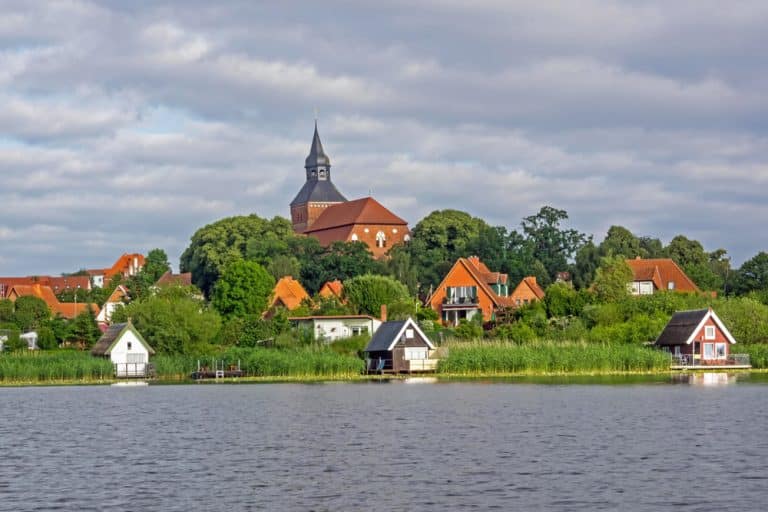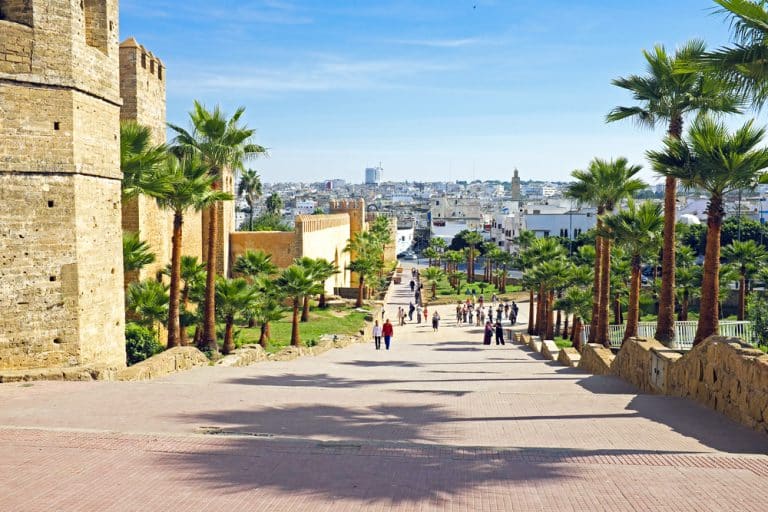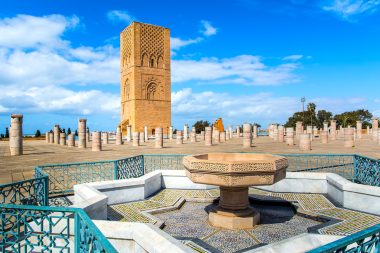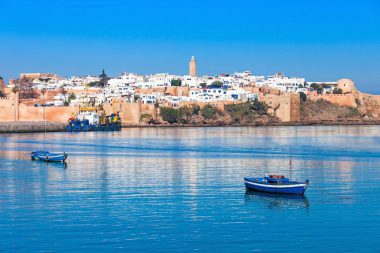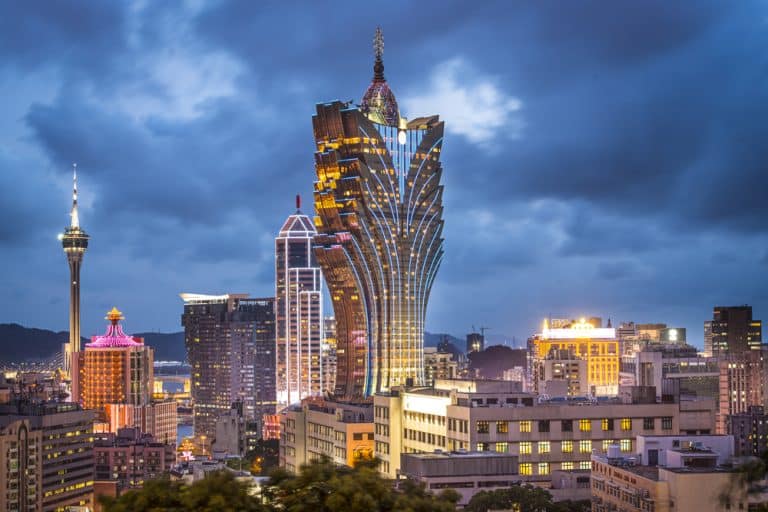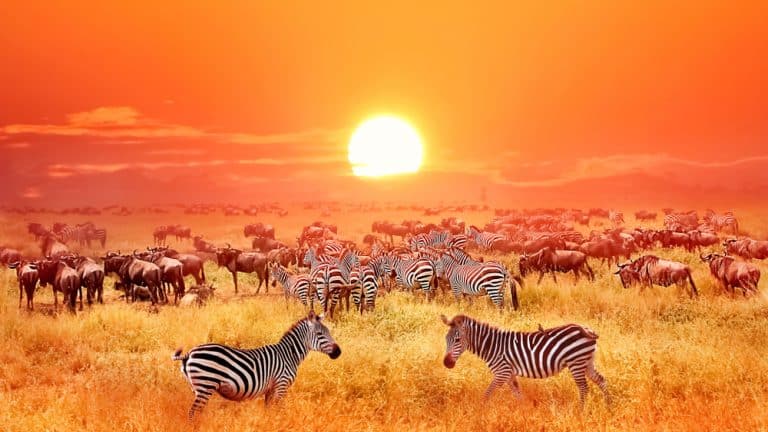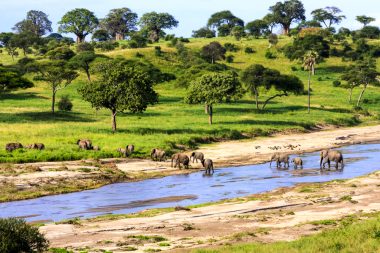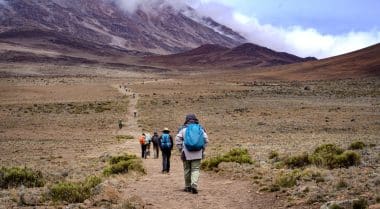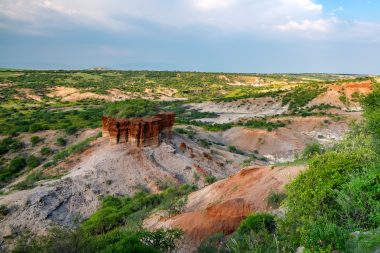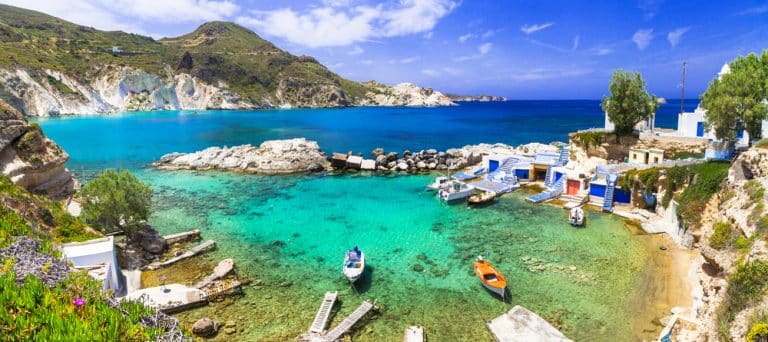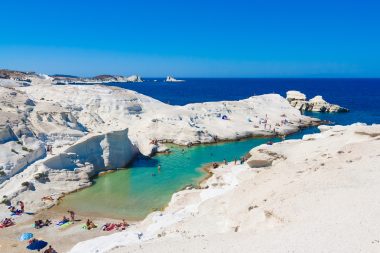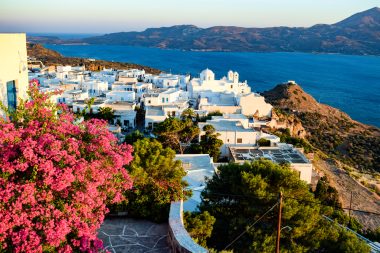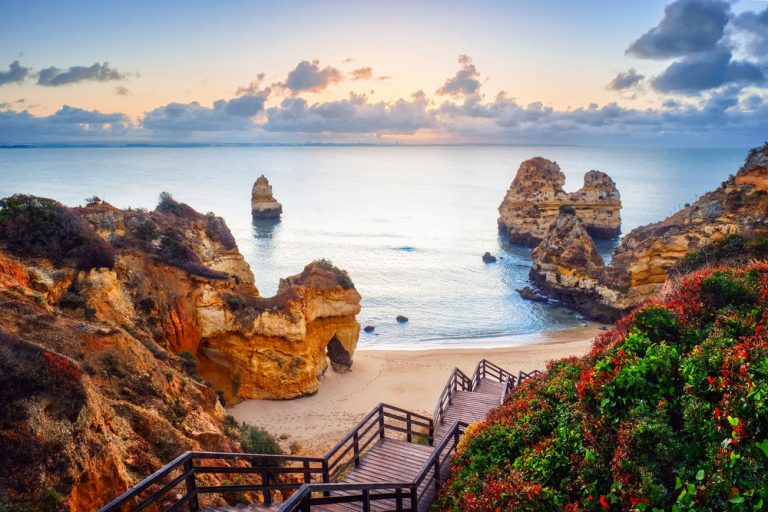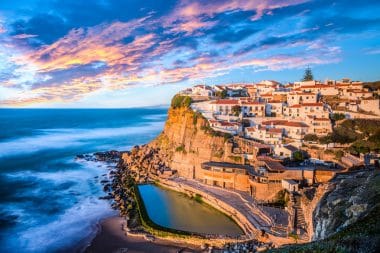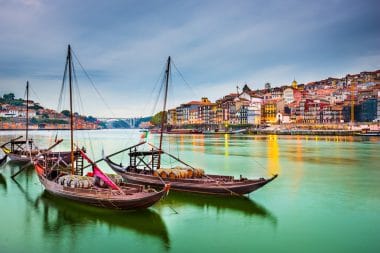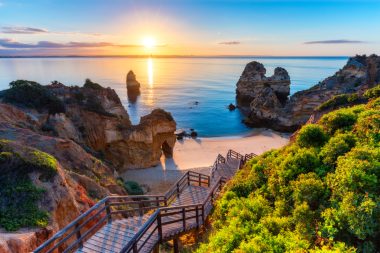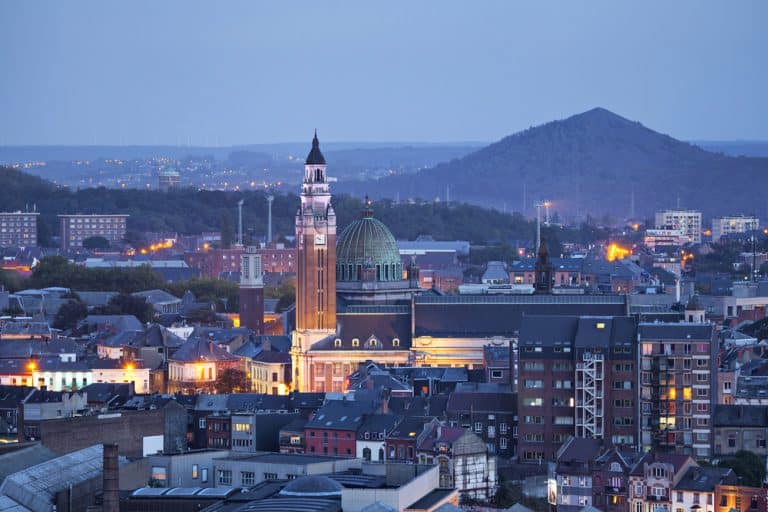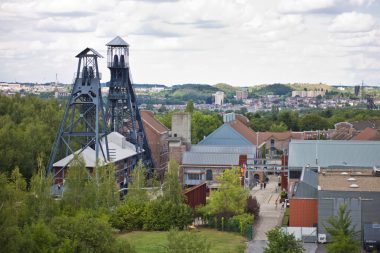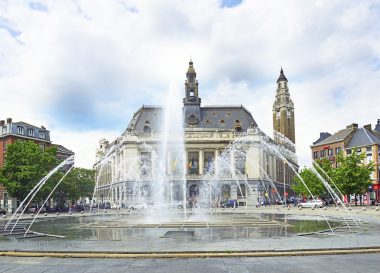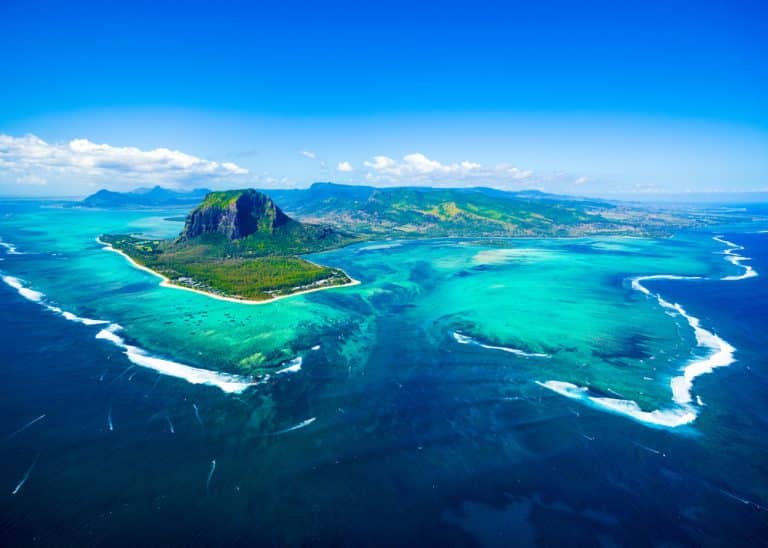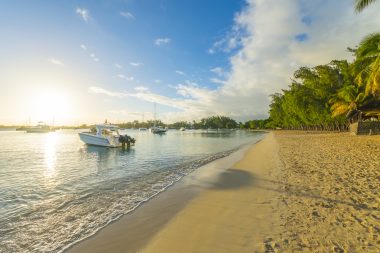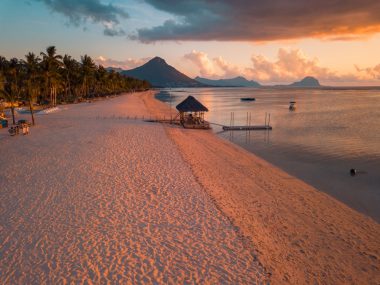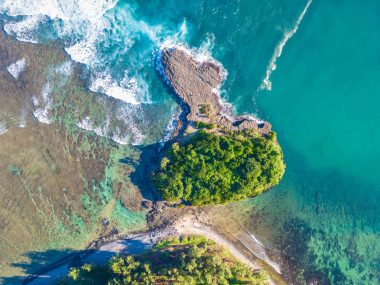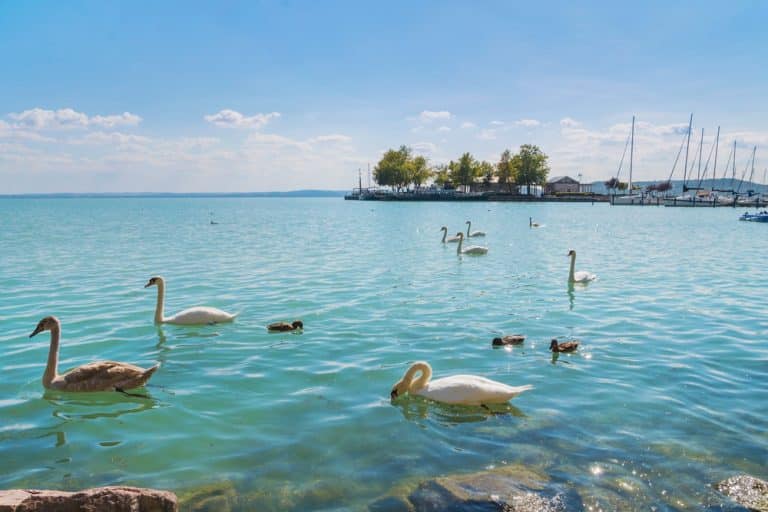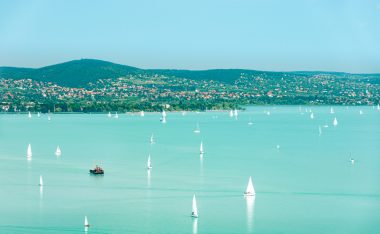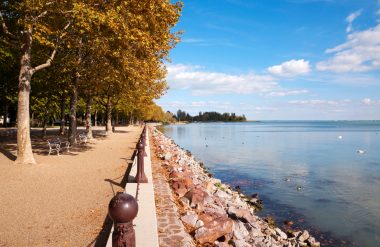Idyllic natural landscapes, a species-rich flora and fauna and some popular sights: The Sternberg Lake District has developed into a popular holiday destination in recent years. The nature park, founded in 2005, is located in the east of Mecklenburg-Western Pomerania , east of Lake Schwerin in the district of Ludwigslust-Parchim. With the founding of the nature park, the Förderverein Naturpark Sternberger Seenland e.V. was also founded.
This supports the daily work of the nature park administration with various campaigns for the preservation and sustainable protection of the nature park and its biodiversity. A good starting point for all those who are guests in the region for the first time and want to explore it is the Nature Park Centre in the 4,000-inhabitant town of Warin. Here, visitors can find out about a wide variety of excursion destinations, the history of the nature park and the numerous special features of the regional flora and fauna. In addition, everyone can equip themselves here for their discovery tour through the Sternberg Lake District. For example, you can buy binoculars, hiking maps, nature books or backpacks in the nature park centre. The Nature Park Centre is open from May to September from Monday to Friday from 10 a.m. to 6 p.m., and in the autumn and winter months (from October to April) from 10 a.m. to 4 p.m. Four nature guards offer guided tours of the Sternberg Lake District in the season from May to October.
Spectacular steep slopes, idyllic gems, unspoilt nature
The Sternberg Lake District is particularly popular with nature holidaymakers and those seeking relaxation – and for good reason. After all, in addition to many small and large bodies of water, the nature park also offers numerous hiking and cycling trails as well as idyllic gems and unspoilt nature away from the big tourist strongholds. The largest lake in the nature park is the Großer Wariner See, but the Neuklostersee and the Großer Sternberger See are also very popular with tourists and locals.
The spectacular steep slopes up to 40 metres high in the Warnow-Mildenitz breakthrough valley are just as worth experiencing as a hike to the Warnow breakthrough valley. There is an approximately four-kilometre-long circular trail here, which leads, among other things, to a Slavic castle ruin in Groß Raden. The largest inland salt marsh in Mecklenburg-Western Pomerania near Sülten also captivates many tourists every year. Among other things, numerous rare plant and animal species can be found here. Among other things, the kingfisher, the osprey and the liverwort have become native here in recent decades.
Sternberg Lake District – hiking, cycling and paddling
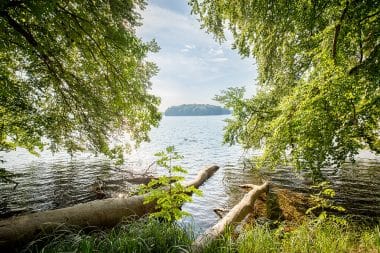
Active holidaymakers are also in the right place in the Sternberg Lake District. After all, the region offers ideal conditions for hikers, cyclists and water sports enthusiasts. For example, the cycle path from Dobbertin to Sternberg is considered one of the most beautiful in Germany. The many idyllic waterways and lakes are bustling with activity. And if you don’t have your own boat, you can rent padel boats and canoes at various points in the region. In addition, the region is a true paradise for young and old anglers. A very special one in the Sternberg Lake District is the so-called Sternberg cake. The sandstone chunk, which is about 25 million years old, owes its name to its appearance, which is reminiscent of a layered cake. Fossil shells, snails and shark teeth are densely packed in the rock. These lived in the sea many millions of years ago and reached the earth’s surface through the Ice Age, among other things.
Relaxed stroll through Sternberg
In the middle of the approximately 540 square kilometre area is the small town of Sternberg, which gave the Lakeland its name and, with its 4,000 inhabitants, is also the largest village in the Lakeland. Among other things, it is worth taking a relaxed stroll through the historic old town, on the edge of which the church of St. Maria and St. Nicholas is idyllically enthroned on hills. From the approximately 60-metre-high church tower, you can enjoy a wonderful view over the entire region.
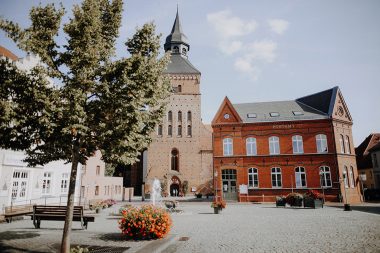
And the surrounding villages also offer a lot of sights in addition to the idyllic nature. The Archaeological Open-Air Museum Groß Raden should not be missed. The more than 1,000-year-old temple castle has been extensively reconstructed in recent decades. Here, among other things, the early settlement by Slavic tribes is made visible and tangible. The region also has several monasteries from the 13th century – including Temzin, Neukloster and Dobbertin. Another attraction is the Zülow hydroelectric power plant. The largest hydroelectric power plant in Mecklenburg-Western Pomerania, which has been designated as a technical monument for about 40 years, has been privately owned since 2004.
Accommodation in the Sternberg Lake District
Throughout the region, there are of course numerous accommodations for every taste and budget – from various star hotels, to private holiday homes and apartments, to four campsites. Popular accommodations include the “Feriendorf Sternberger Seenland” in Dabel and the group house & guesthouse “Haus am Walde” in Borkow.


